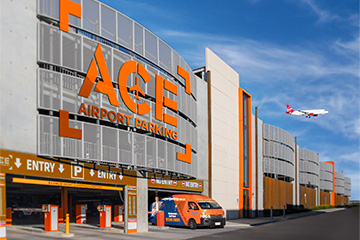Congestion Levy in Melbourne and Sydney
Congestion Levy in Melbourne and Sydney The State Government imposed congestion levy (also commonly known as a parking tax) has been in place in Melbourne and Sydney for a number of years now. On 2 October 2017, an article was published in the Herald Sun from the Grattan Institute in relation to road congestion in both Melbourne […]
